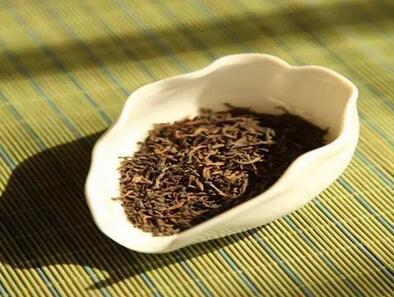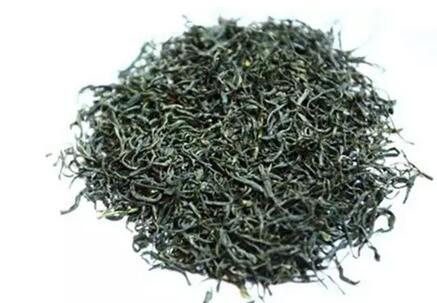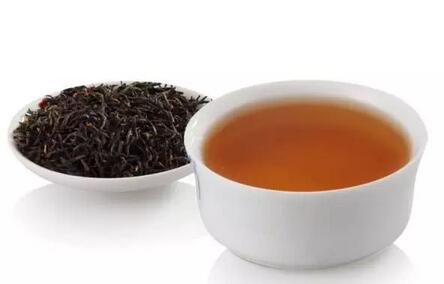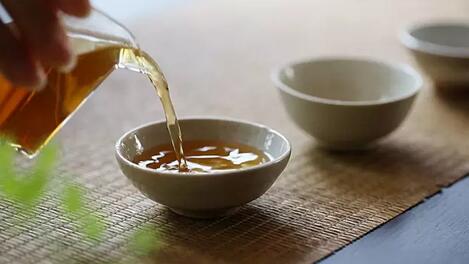If you can control the various details well, you can better taste the inherent 'fragrance' of tea. We advocate that details are the key. Today, we will introduce some brewing details for tea lovers, so everyone can 'savor' the 'tea' fragrance together!
▎ Brewing details for finely broken tea

For finely broken tea, the amount of tea leaves should be less than usual, and the steeping time should be relatively shorter. For example, if you would normally use 1/4 of a pot for loose Pu'er, you should only use 1/5 for finely broken tea. If you still use 1/4, the first infusion can yield a standard concentration if the time is shortened, but the second infusion will be too strong even if poured immediately. Reducing the amount of tea leaves and aiming for three to four infusions is more practical.
▎ Brewing details for Tieguanyin

A Zhu clay teapot is the first choice for brewing Tieguanyin. Due to its high shrinkage rate, Zhu clay enhances the tea's aroma, making it more fragrant and clear. The tea broth is also tighter and smoother, with a strong aftertaste and long-lasting aftertaste. Zhu clay teapots are very suitable for brewing lightly fermented, high-aroma oolong tea.
▎ Brewing details for green tea

(Picture shows Xinyang Maojian)
According to measurements, the easiest substances to extract when brewing tea are amino acids and vitamin C; followed by caffeine, tea polyphenols, and soluble sugars. Generally, when brewing green tea for the first time, about 50% of the soluble substances are extracted; the second time, about 30%; and the third time, about 10%. The extraction decreases with each subsequent brew, so three infusions are ideal.
▎ Brewing details for flower tea

(Picture shows daidai black tea)
Flower tea can be brewed fewer times, and its nutritional content decreases significantly with multiple infusions. It is recommended not to brew flower tea multiple times. Pour boiling water into the teacup, preferably by lifting the teapot high so the water falls from a height, encouraging the tea leaves to roll and aiding in steeping. Generally, fill the cup to about 80% capacity, then cover to preserve the tea's fragrance.
▎ Details about brewing water quality

The hardness of water affects the solubility of tea's active ingredients. Soft water contains fewer other solutes, so the solubility of tea's active ingredients is higher, resulting in a stronger tea flavor. Hard water contains more calcium, magnesium ions, and minerals, which reduce the solubility of tea's active ingredients, resulting in a weaker flavor. It is best not to use hard water for brewing tea.
Additionally, other metal ions in the water also affect the tea broth's flavor. For example, high iron ion levels will turn the tea broth dark brown; lead levels above 2ppm will make the tea taste bitter; magnesium levels above 2ppm will make it bland; and calcium levels above 2ppm will make it astringent.